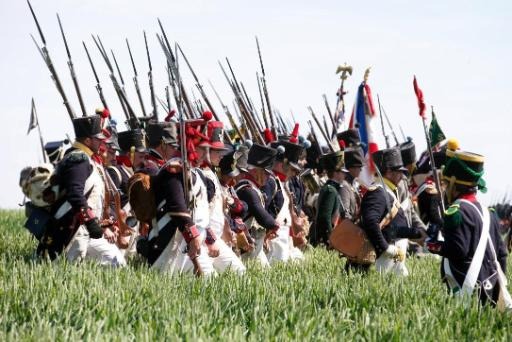There was a desolate scene on Waterloo plain on the 18th of June 1815, which included the bodies of thousands of soldiers. However, body snatchers were standing by, hiding in the shadows, ready to grab everything that could be sold or used. Everything was recyclable in the 19th century; even bodies, which could end up as compost. Their teeth were recovered for dentures. Taking teeth from the dead – mainly young men – on the battlefield has lead to the name “Waterloo Teeth” being given to teeth recovered from the battlefield during the 19th century. “In the 19th century, everyone was a dentist. From ivory carvers to chemists to wig makers and blacksmiths”, Rachel Bairsto, from the British Dental Association Museum, told the BBC. With sugar consumption increasing, there was a high demand for dentures.
Rudimentary dentures were made with bits of ivory or teeth taken from the dead bodies of prisoners. But human teeth, which were more resistant, were in short supply compared to the huge demand. After the battle of Waterloo, thousands of bodies were all lying in the same place, which caught the attention of grave robbers. “There were huge piles of bodies in a concentrated area. Teeth were taken by surviving soldiers, local people, or scavengers who had travelled from Great Britain”, explains Mrs Bairsto.
The teeth were sold to the “dentists” of the time, and then sorted and shaped. The term “Waterloo Teeth” was then used to refer to taking teeth from the battlefield during the 19th century. Porcelain teeth only appeared in the second half of the 19th century. People then stopped using human teeth for dentures.
(Source: Belga)

